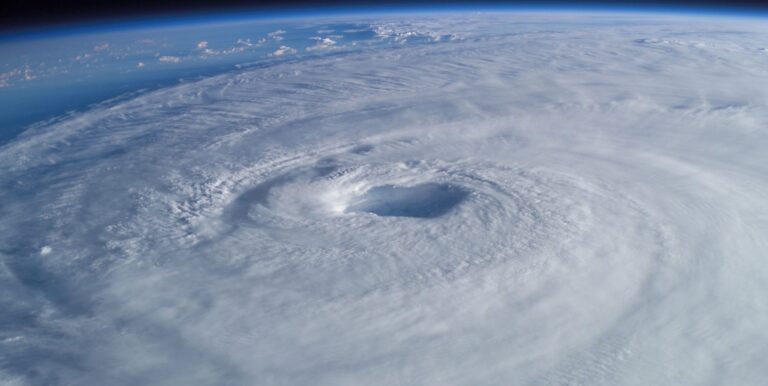A team of scientists in Japan has analyzed more than 140 years of data to successfully identify tropical cyclone landfall in the country for the first time. The research will help Japan predict future tropical cyclone disasters.
The team, which included specially appointed associate professor Hisayuki Kubota of the Faculty of Science, Hokkaido University, investigated tropical cyclone activity over the western North Pacific and landfalls in Japan between 1877 and 2019.
It analyzed a combination of tropical cyclone tracking and meteorological data observed at weather stations and lighthouses, including rescued and recovered historical observations.
In a new approach, the team focused on foreign ship log weather records from the mid-19th century made with meteorological instruments on vessels sailing through East and Southeast Asian waters. The results of the study show for the first time the usefulness of such marine data in identifying weather patterns after the mid-19th century in Asia.
According to the analysis, tropical cyclone landfall locations tend to shift to the northeast and then southwest regions of Japan at roughly 100-year intervals. The analysis also showed that annual landfall numbers and their intensities have been increasing in recent years, while noting that these increases may be part of an oscillated fluctuation operating on interdecadal time scales.
“It is projected that stronger tropical cyclones will hit Japan in the future due to global warming. The long-term data from our research is indispensable for knowing the variabilities of TC activities in the past and to prepare for future TCs,” explained Hisayuki Kubota.



